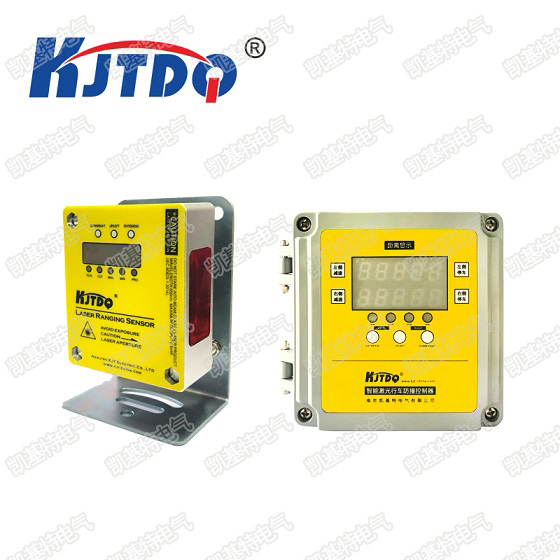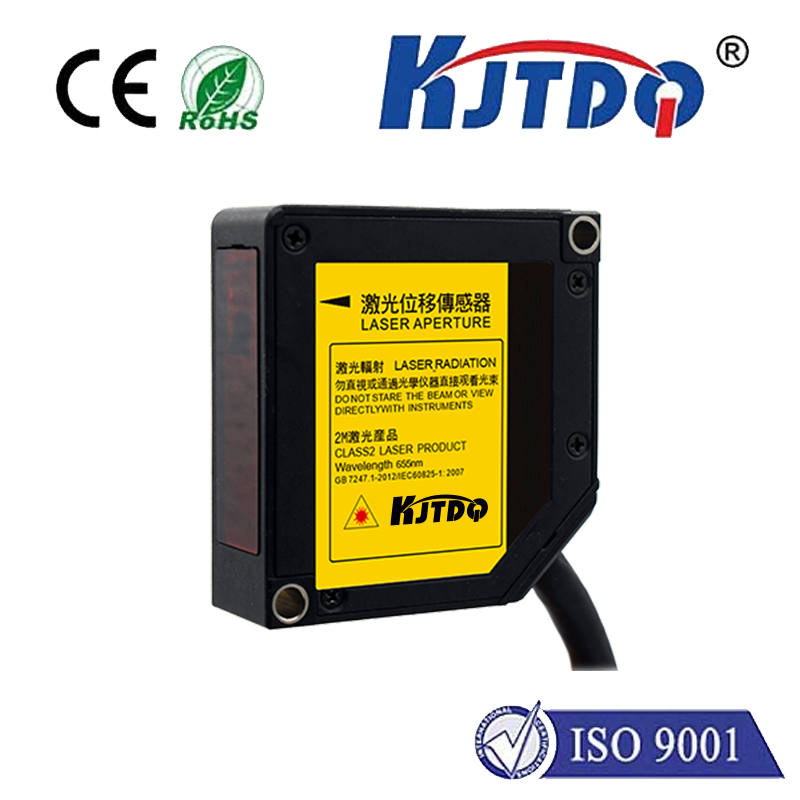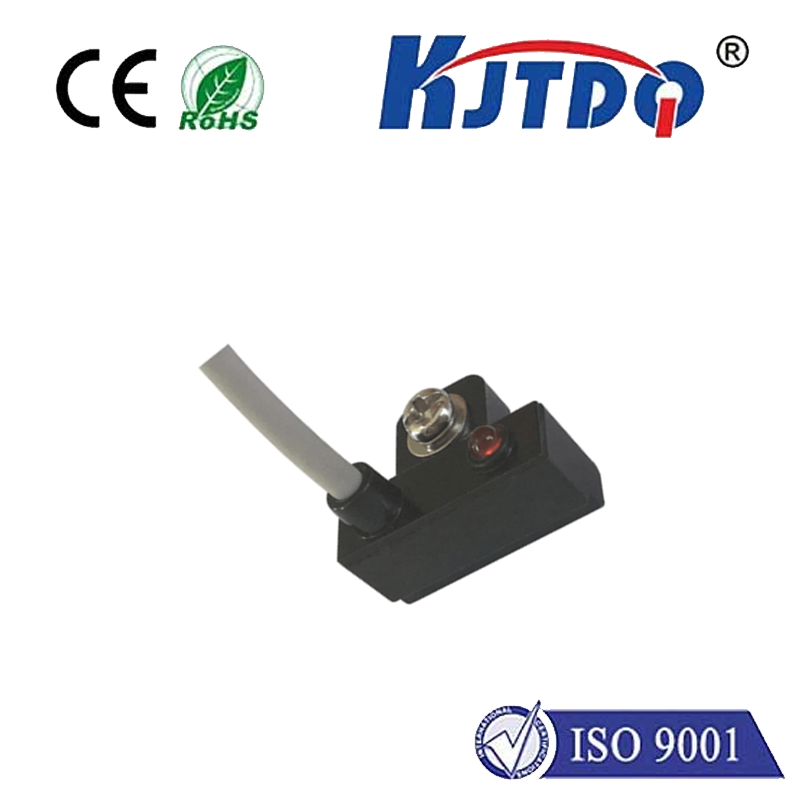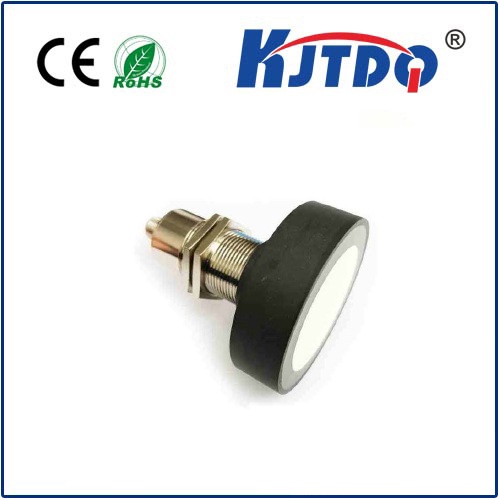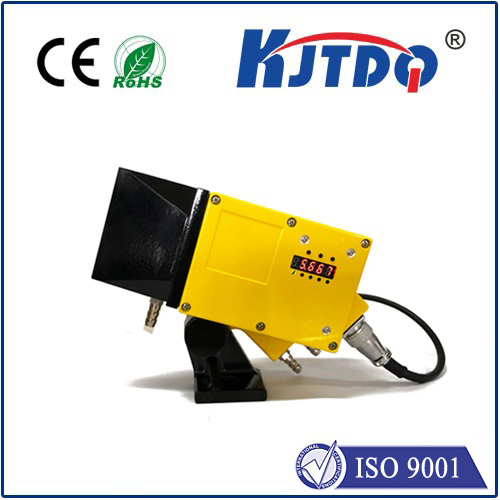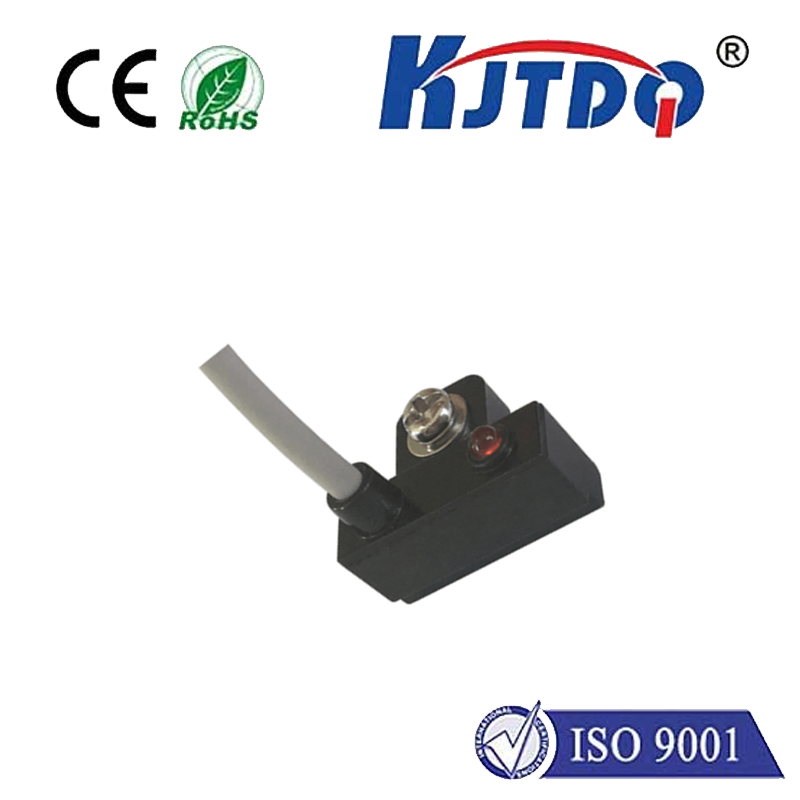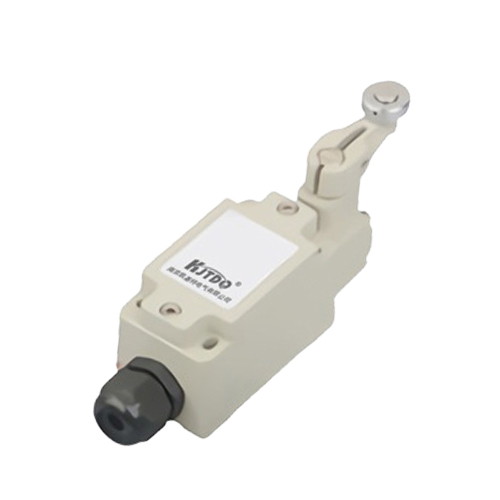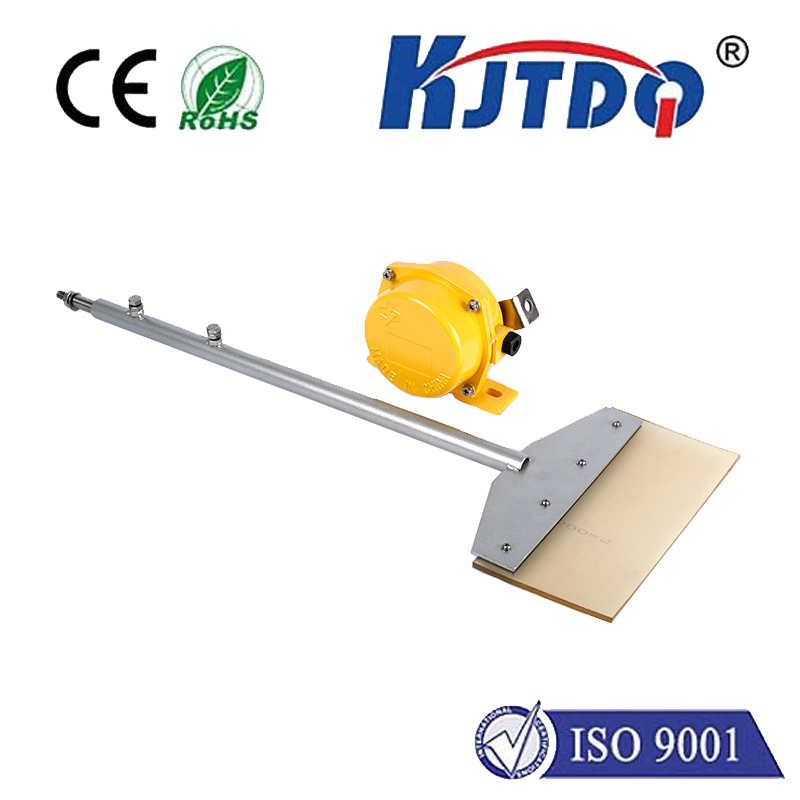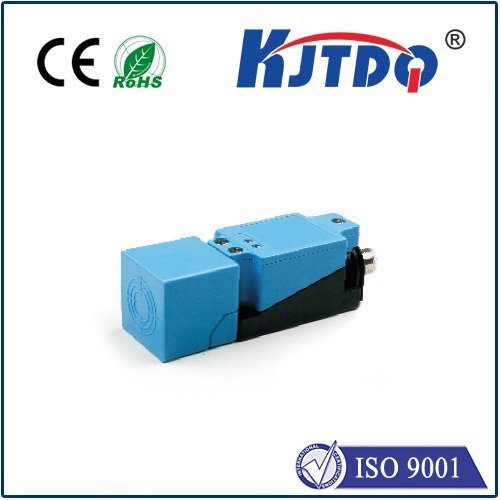

check

check

check

check

check

check

check

check

check

check
Title: The Essential Role of Rotary Limit Switches in Crane Safety and Efficiency
The operation of cranes, whether in construction sites or industrial settings, relies heavily on their precise control mechanisms. A critical component that ensures this control is the rotary limit switch. This specialized switch plays a crucial role in the safe and efficient functioning of cranes by managing their motion limits.
A rotary limit switch for cranes is a type of sensor designed to detect the rotational position of a shaft or lever. As the crane moves, the rotary switch monitors its movements and sends signals when it reaches predefined angular positions. These signals are then used to activate controls that either stop the crane's motion or initiate different operations.

Safety is a paramount concern in crane operations, and the rotary limit switch serves as an essential safety feature. By preventing the crane from exceeding its safe operating range, it helps avoid accidents such as overturning or colliding with obstacles. When the crane approaches its physical limitations, the rotary limit switch triggers, automatically halting further movement and thus safeguarding both the equipment and the personnel working around it.
In addition to safety, the rotary limit switch enhances operational efficiency. By setting precise parameters for the crane's movement, it allows for smoother and more accurate positioning of loads. This precision reduces the risk of damaging goods or structures during lifting and placement activities, making crane operations more reliable and less time-consuming.
Maintenance of the rotary limit switch is vital to maintaining its effectiveness. Regular checks should be conducted to ensure that it is functioning accurately and responding appropriately at the set angular positions. Should any degradation or drift in performance be detected, prompt calibration or replacement is necessary to prevent potential failures that could compromise crane safety and efficiency.
The integration of the rotary limit switch into the crane's control system also demonstrates the importance of automation in modern machinery. By relying on these automated sensors, operators can focus on broader supervisory tasks while the technology manages the finer details of the crane’s operation, creating a synergy that boosts productivity and minimizes error.
In summary, rotary limit switches for cranes play an indispensable role in ensuring the safety and efficiency of these heavy-lifting machines. Through their ability to detect and regulate motion, they enable cranes to operate within their design limits while reducing risks associated with manual control. Proper maintenance and integration of these switches are key to maximizing the benefits they provide to the crane's operation and overall workflow management.
